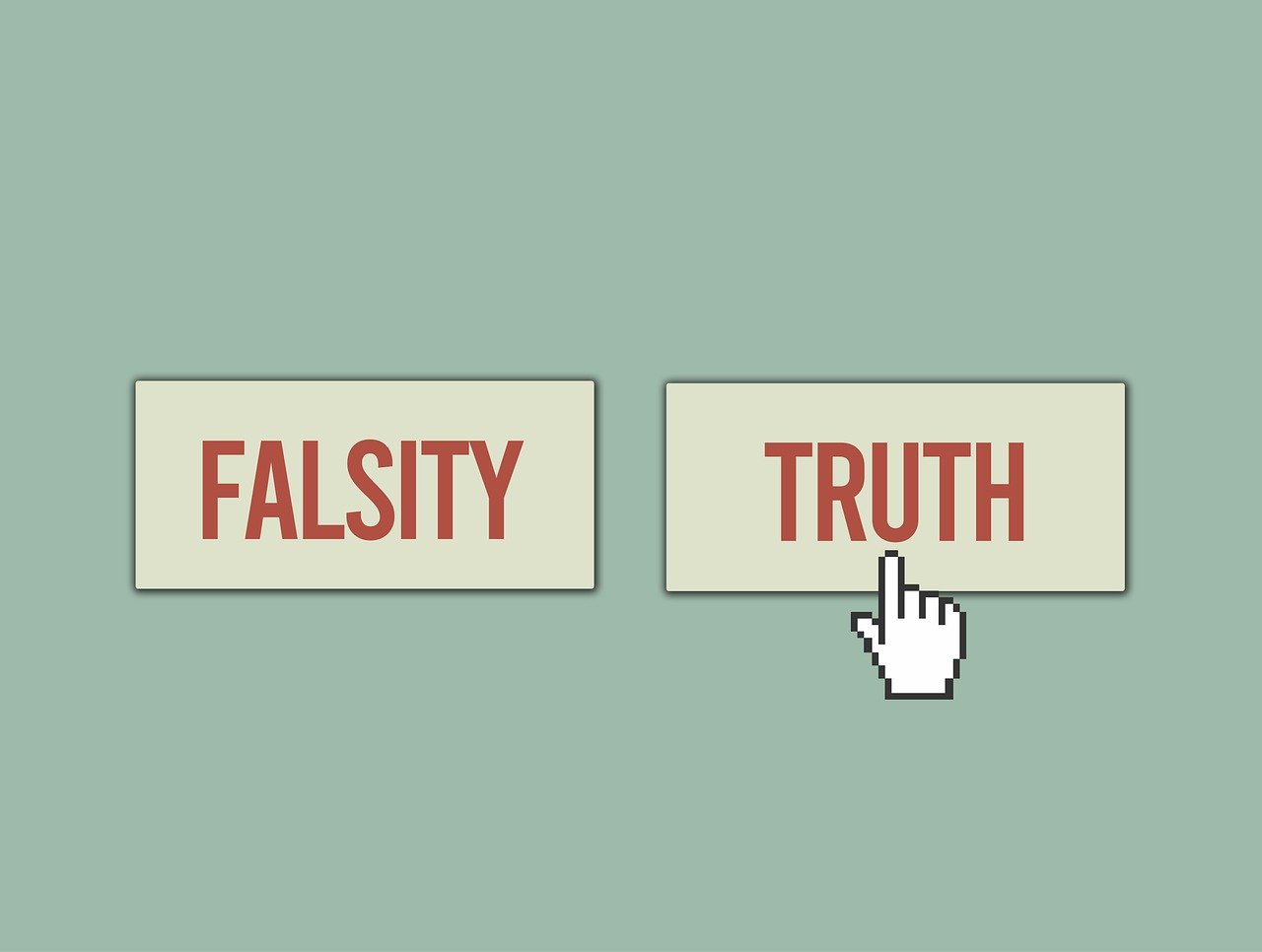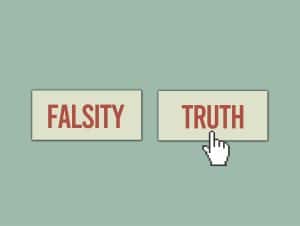Knowing Your Competitors
Developing an effective Marketing Strategy can be extremely difficult if you are ill prepared. Often times entrepreneurs and marketers focus too much on the sale and not the product itself. Commensurately, marketers often forget to develop the competitive edge and key differences between what they have to offer and what their competitors have available on the marketplace. In order to market effectively, it is important that you take the time to know your competitors. This includes not just knowing what products and services they offer but also their marketing styles, strategies, and message. Fortunately, you can find all of this out through the open channels that they are actively marketing on. It doesn’t take insider information or detective work to break down the values and strategies of your competitors in the marketplace.
Knowing your competitors is about discovering the differences between what they sell and how they sell it and your own strategies for both as well. Whether you already have a marketing strategy in place or you are starting from scratch, knowing your competitors is an important first step in crafting success for you and your business. The best way to do this is to follow their social media and dissect the content that they put out. What kinds of posts are they making? Do people react more to their videos? Their images? What are the key features that they highlight when pitching their products? Do these key features represent a competitive edge over your product or are they a shared component? Ask yourself these kinds of questions to help distill what you are able to highlight as unique over your competitors as well as what they are actively highlighting over you. The answers can even be intangible assets such as speedy delivery, pricing points, and location. You may not always be able to beat all of these competitor advantages, but you can pivot your product around them.
Adapting vs Copying
Let’s talk about how to implement what you know about your competitors into your marketing strategy. A common mistake among rookie marketers is to simply take what your competitors are doing and to copy/paste it over your own products with a few changes. While it might seem like a good idea to mimic a competitor’s strategy for your own products, this is not always a great solution. For one thing, if you are mimicking a well known or well-established competitor, your mimicry will be easy to spot. Worse than that, your products pasted over their brand will appear to many potential customers as if you are a knock-off of the real deal. Copying your competitions style is a good way to make your business look and feel second rate. However, you can adapt your competitor’s strategy without compromising on quality or resorting to cheap imitation.
The difference between adapting and copying is that copying is very surface level. Copying attempts to dive no deeper into why this product or service is working, it merely views marketing as a cut and paste process. Adaptation, however, takes a look at the root of what makes one thing succeed and attempts to apply that knowledge and those principles to something else. When you take the time to ask yourself the questions listed in the previous section, you can dig deeper into what makes a marketing strategy work. When you understand your competitor’s deeper meanings, you can either respond to or pivot around them in your own marketing strategies. This is adapting, taking what works from one strategy and developing it into something different and even more effective.
Developing Your Competitive Edge
Once you understand your competitor’s competitive edge, you must also take the time to develop your own competitive edge. Again, it is important to avoid copying your competitor if this edge doesn’t exist naturally within your product or service. Say, for example, that your competitor offers service within 24hrs. If your business isn’t set up to respond to requests and deliver its best work within that window, do not push that as a competitive edge just because someone else is doing it. Rather, focus on the increased quality that your business offers, the added attention to detail, and whatever else you may include because you take the extra time to get the work done. Your competitive edge doesn’t just come from what makes you different than the other guy, it comes primarily from the quality of the product or service that you have put together. While marketing is competitive between brands and companies, it is not a place that should be dominated by comparison.
Contrast in Your Marketing
Quality marketing comes through contrast, what is it that makes your products and services pop while setting you apart from the competition? It is easy to compare products, but consumers don’t always want to see Us vs Them strategies in the market place. In the limited amount of time your advertisement is displayed before a user on social media, in a physical medium, or even on TV you need to make sure that what you have to offer pops. Why waste time talking about someone else’s product in this limited space. A positive message that highlights what your product does to meet the customer’s need is far more effective than punching down on something else in order to build your own platform. Quality marketing is not fixated on them, it is fixated on the most important player in that transaction, the customer. What can you do to meet the needs that they have already? In the limited amount of time you may have in front of a potential customer, you need to convince them that your product or service meets exactly the needs that they have, even if they aren’t yet convinced they have those needs themselves.
Make your products and services pop by punching up, focusing on the competitive edge that it brings to the table. Time wasted fixating or mimicking the competitor is expensive and not conducive to effective marketing campaign. Study the competition, know what makes them different, but use those conclusions to build up your own strategies, not attempt to take theirs down.
Featured Image:
Image by Steve Buissinne from Pixabay




















